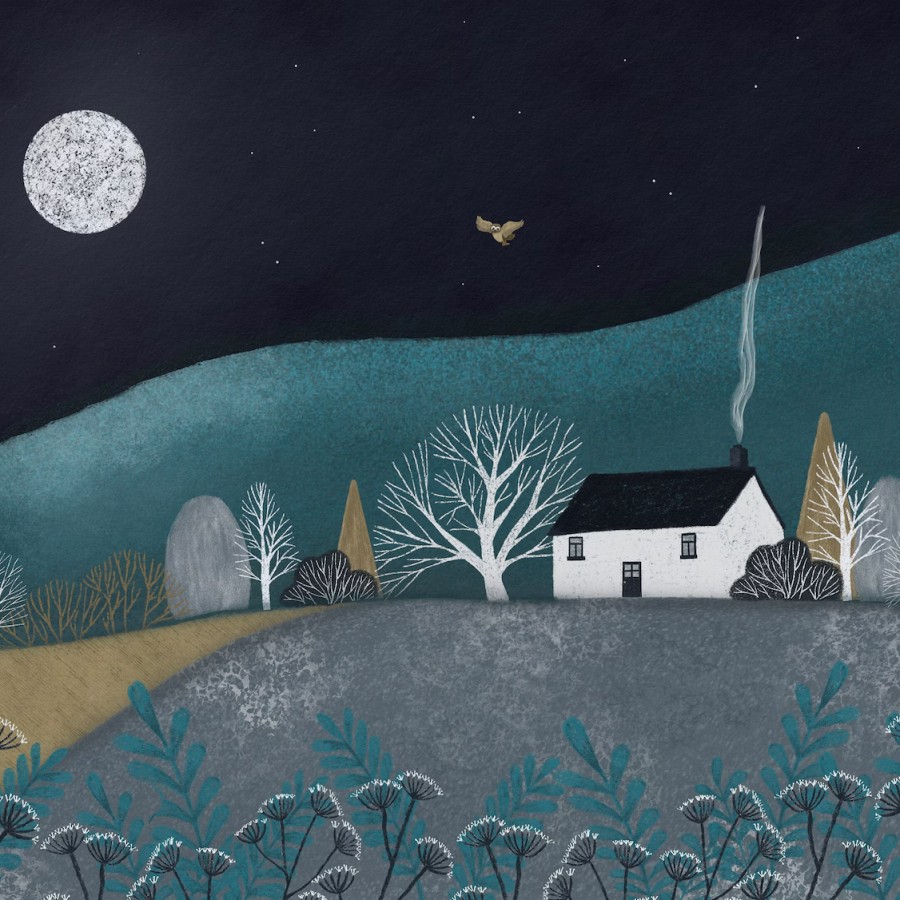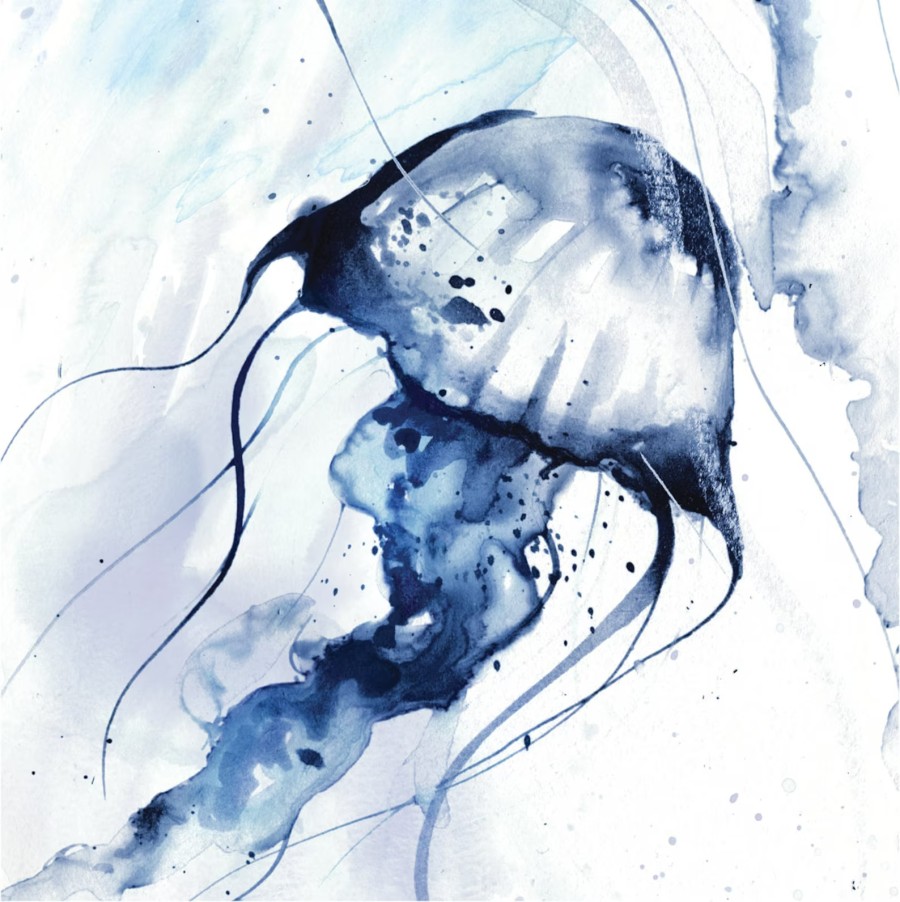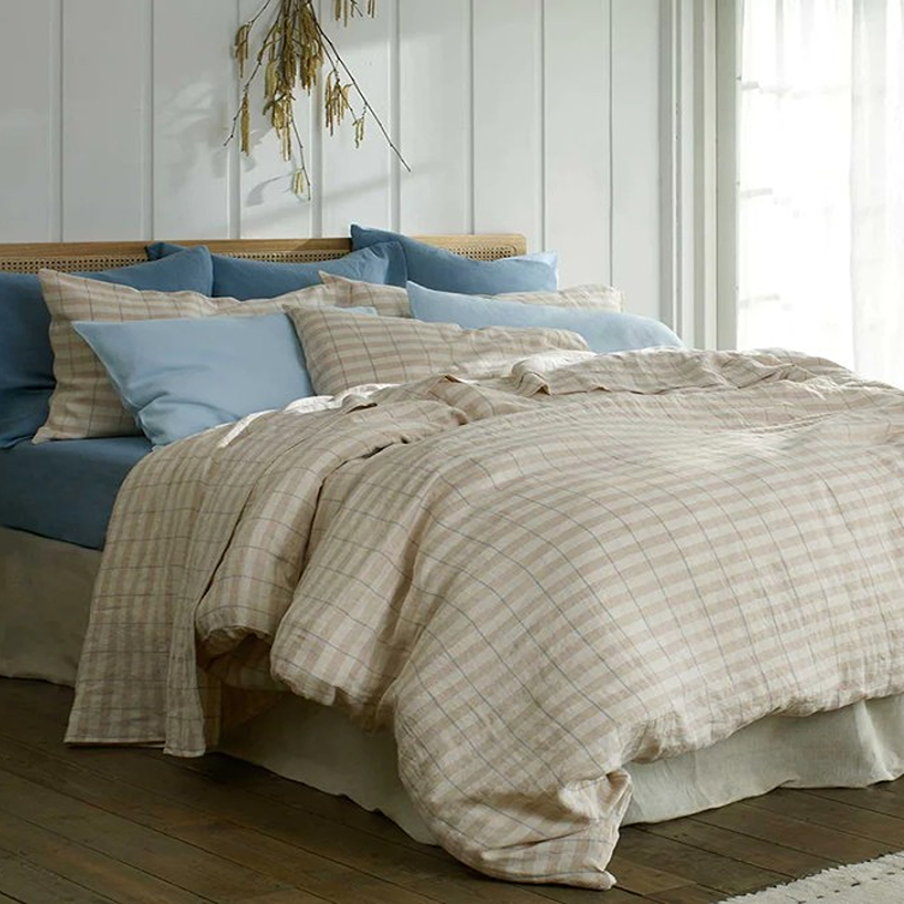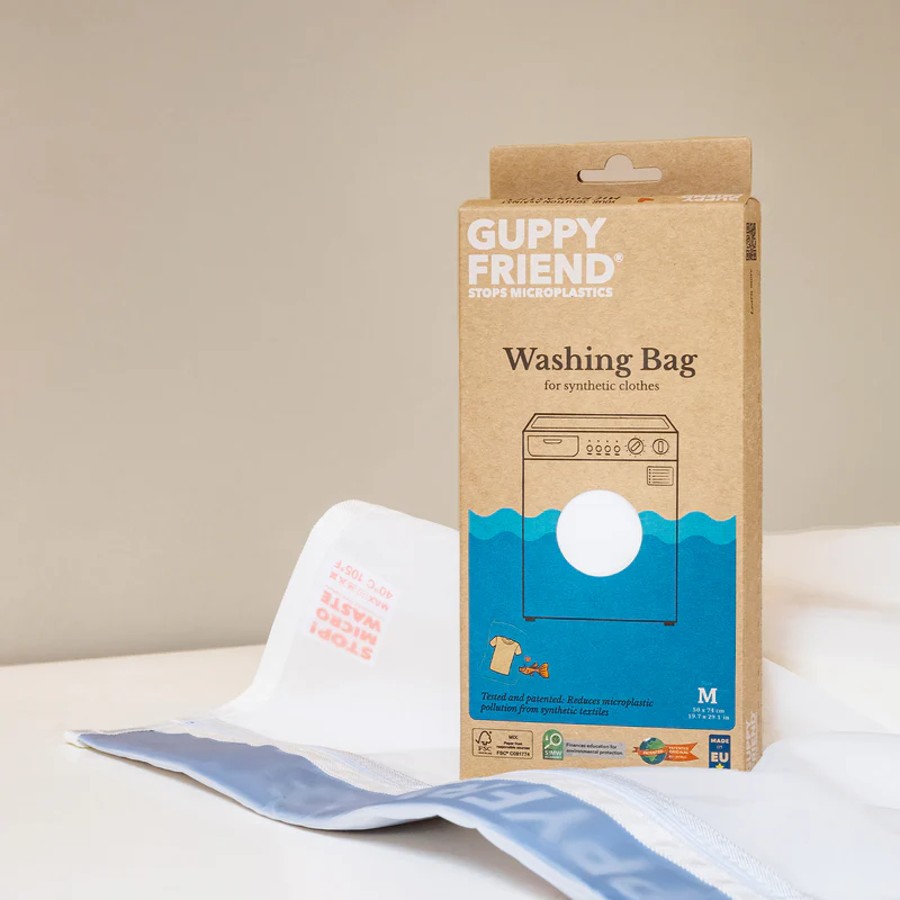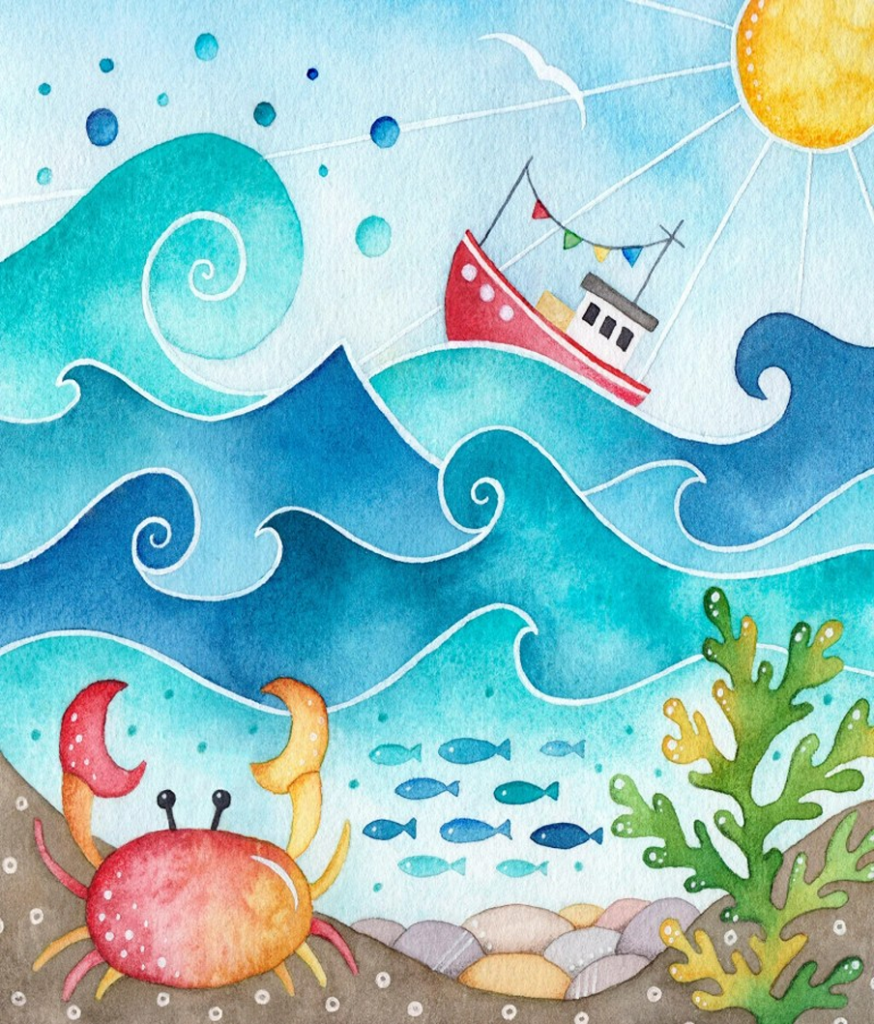
Crustacean Compassion is an organisation that campaigns to stop the sale of live crustaceans in shops (and online retailers that send them to people’s homes) and wants an end to non-trained people being able to kill them (presently, the only ‘humane’ death is using special stunning equipment that most people don’t have). Chefs who promote ‘stabbing lobsters in the head’ or chilling or boiling are not of the knowledge that these creatures have central nervous systems (so feel pain). The charity also wants an end to live creatures being sold in tanks, and the end of langoustines having their tails ripped off (while alive) for the scampi industry. It also campaigns for cephalopods: octopus (sometimes eaten alive), squid (used for calamari) and cuttlefish (dried versions are often used to entertain budgies).
let’s meet the cute crustaceans!
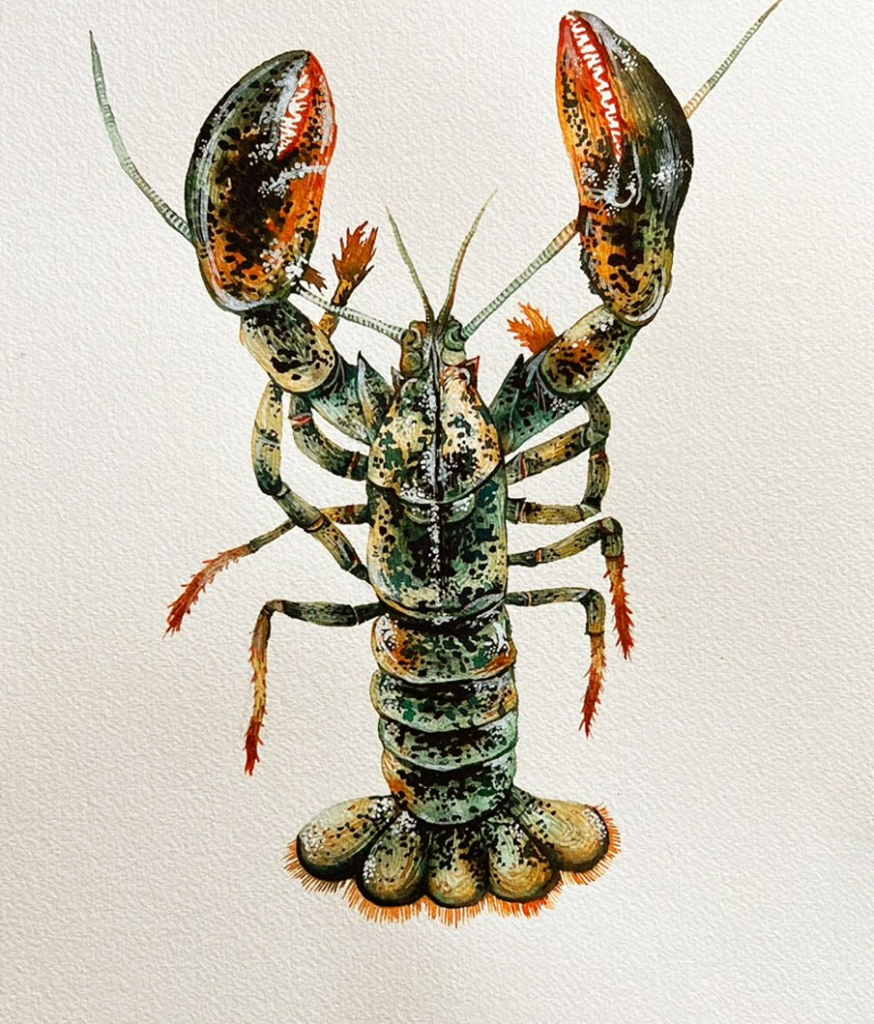
The main species of crustaceans eaten in England (in their millions) include crabs, lobsters, shrimp, prawn and crayfish. Billions more suffer live transport (just like cattle and sheep) from abroad, many dying of stress or suffocation before arrival. Crustacean Compassion do regular surveys of supermarkets and found that apart from Marks & Spencer and Waitrose, hardly any have any kind of welfare policy for selling crustaceans. Even though by law, they are now recognised as sentient beings under the 2022 Animal Welfare (Sentience) Act.
Lobsters lead mostly solitary lives (apart from spiny lobsters who rather cutely ‘hold hands’ to migrate across the ocean!) They are blue naturally and only turn red while cooked. They live on the ocean floor for up to 100 years. Although well-meaning, releasing lobsters from salt water to freshwater (or the other way around) usually won’t save them as they will die anyway. This is due to different water temperatures (lobsters are also cannibals and may well eat declawed lobsters released back into the sea).
Crabs are super-cute creatures who usually walk sideways with their 10 legs, but actually are able to walk in all directions. They communicate by drumming and waving their pincers and (like octopuses) have 360 degree vision, so can see in all directions. Hermit crabs are not really crabs but also suffer due to plastic waste, as they are now making their homes in plastic trash in the sea, rather than other creatures’ shells, as happened in the past.
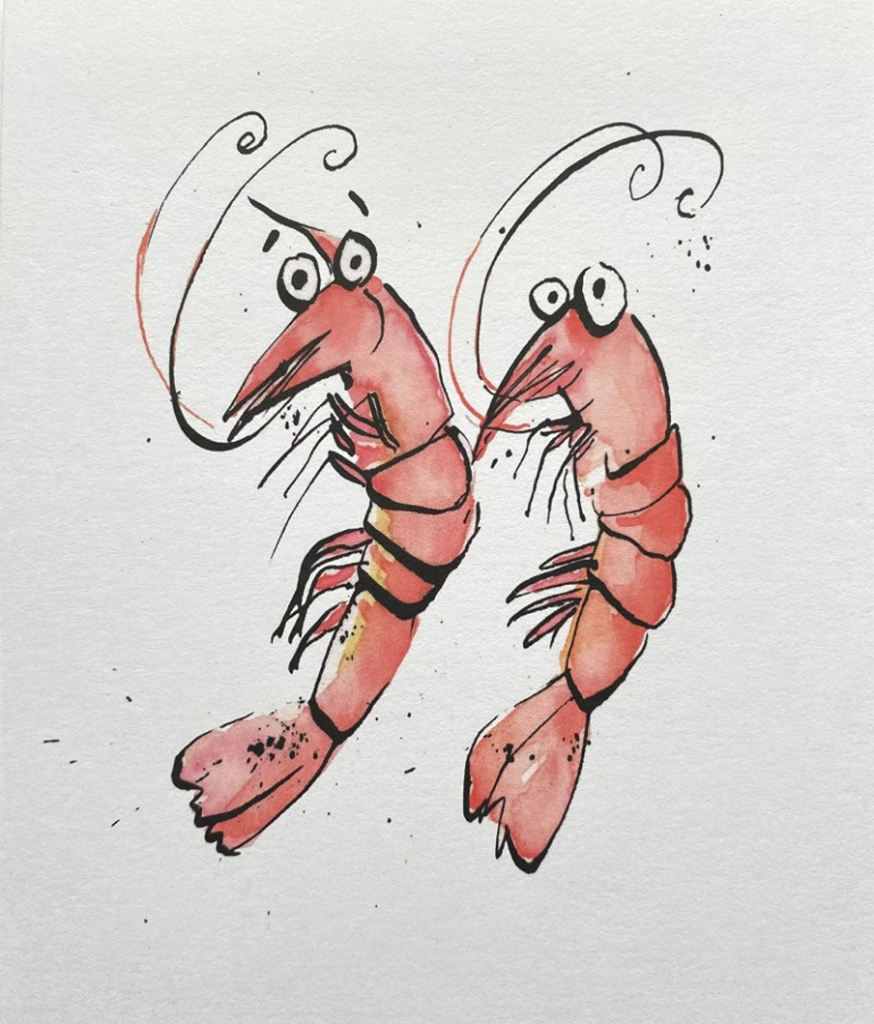
Prawns and langoustines (used to make scampi) are also (smaller) lobsters. and change sex from male to female, after a few years. Shrimp are simply small prawns (the opposite way around for Americans). ‘Bottom trawling’ threatens mangrove forests and seagrass beds (home to sea turtles).
how we can help all crustaceans
Don’t eat crustaceans, as it’s very unlikely they have been humanely caught, transported or killed. It’s been proven that declawed clabs try to shield and nurse their wounds, and lobsters struggle terribly when boiled. So they do feel pain (confirmed by science) and don’t let any chef tell you otherwise.
Crustaceans are also often caught as by-catch in fishing nets. Read how to prevent ghost fishing waste and how to stop over-fishing of our seas. Like all marine creatures, plastic waste and oil are big issues. Get involved with volunteer beach clean-ups and create an oil-free economy
The charity wants the goverrnment to close this loophole. Sign the petition to ask the government to make it illegal to kill crustaceans inhumanely, send them in the post or keep them alive in tanks for human sale and consumption.
Top chefs do not understand nor seem to care of evidence that we need to highlight these abhorrent and outdated practices. It’s a shame to see their welfare so woefully covered on primtime TV. Dr Ben Sturgeon (CEO of Crustacean Compassion)
vegan recipes for crab, lobster & shrimp

These vegan lobster rolls (Crowded Kitchen) are a simple mix of celery, green onion, mayo, Dijon mustard, paprika, lemon and hot sauce. The hearts of palm should be multi-stemmed to regrow back or sub with canned artichokes, which have no sustainability issues. Or try this simpler recipe.
Vegan Crab Cakes (A Couple Cooks) also uses hearts of palm (again sub with canned artichoke hearts) along with old bay spice.
This recipe for vegan shrimp (Olives for Dinner) uses King Oyster mushrooms, sliced into scallop-style shapes. They are soaked in warm water before cooking, then served with ‘bang-bang sauce!
buy plant-based crab, lobster & shrimp
Realistically most people will buy ready-made alternatives. We have no homegrown companies here, but there are a few good imports (recycle packaging at supermarket bag bins, if your kerbside does not collect).
The Plant-Based Seafood Company (US) offers shrimp and ‘mindblown’ scallops (made with konjac root and algae protein) along with vegan crab cakes. Endorsed by top chefs, this female-owned company is doing all it can to reverse the 50% destruction of coral reefs in the last 50 years. 38% of mangrove deforestation worldwide is caused by shrimp farming.
Look in stores for Good Catch Crab Cakes. These are in plain or spicy flavours made with peppers, onions, parsley and spice, serve with spicy remoulade and a wedge of lemon. Or look in stores for Happiee Shrimpiee!
bags of ‘vegan prawn’ crackers!
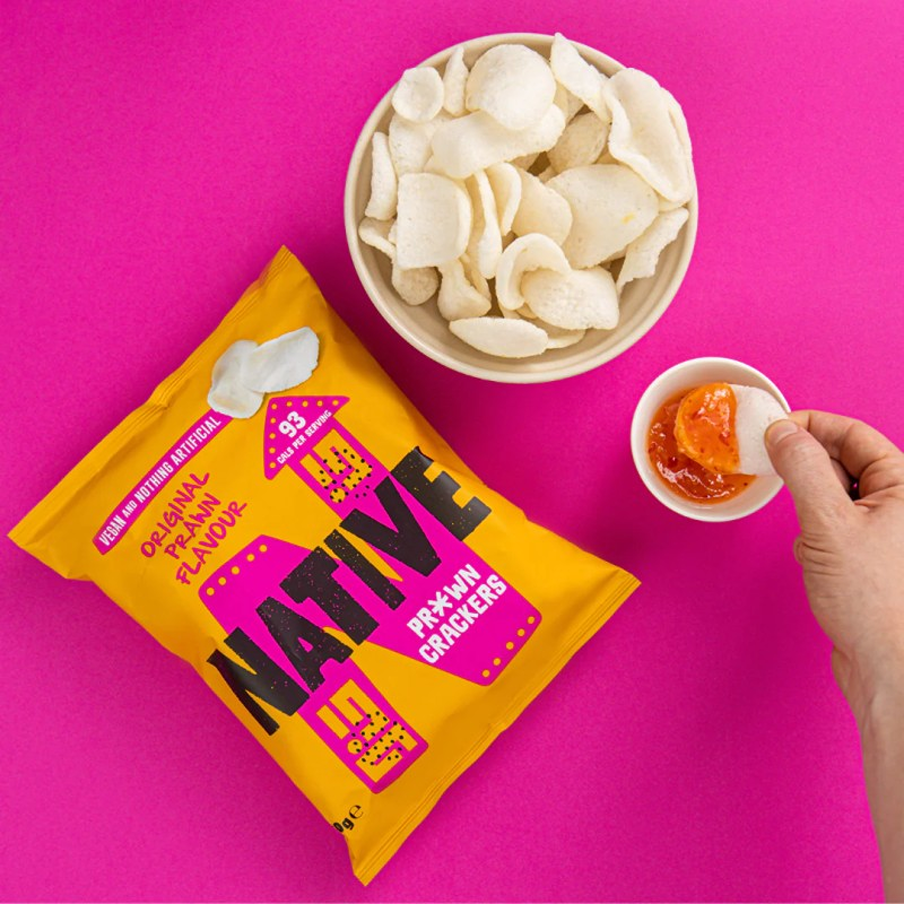
Native Snacks offers bags of ‘vegan prawn crackers’, made with natural ingredients. These taste like-for-like (or better) and are sold to food-service (ideal products for Chinese restaurants and take-aways to buy in).
exploring life between the tides
If you go to the seaside, you’ll likely bump into a few friends, so just leave them alone. Likewise it’s best to avoid eating crustaceans, as they are not classed as sentient beings yet in law, so often suffer cramped together in tanks.
Life Between the Tides is a highly-reviewed book that explores the natural wonders of the shoreline, from the extraordinary biology of its curious animals to the flow of our human history. An invitation to marvel at creatures an inch below the surface. Rather than disturb them, learn about them in this book:
How do sandhoppers inherit an inbuilt compass from their parents? How do crabs understand the tides? How can the death of one winkle, guarantee the lives of its companions? What does a prawn know?
Crabbing may be popular, but letting children catch and then release creatures scares them, and many are injured, once returned to the sea. Just let children watch from afar.
The man who finds wonder in a winkle. Remarkable. For a book so focused on non-humane life, it is luminously humane. The Times

